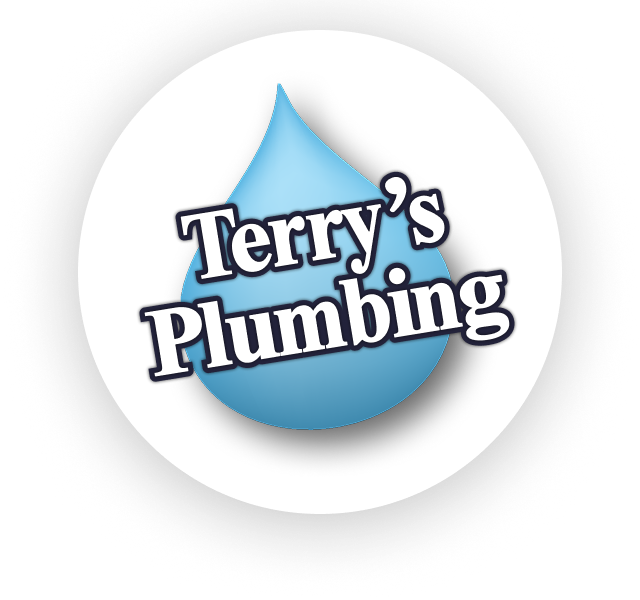Pro TIps
The Process of a Sewer line Repair
Intact sewer and water lines are essential to a clean and comfortable home. A sewer line backup or leak can be frustrating to deal with as a homeowner. Along with the unpleasant smell and messy cleanup of a compromised sewer pipe, it can be difficult to pinpoint the root cause of your sewage problem. Read on to learn what signs you should look out for and how sewer lines are replaced.
Signs of Sewer Line Damage
It’s important to know the signs of a damaged sewer system so that you can take immediate action and contact a plumbing expert. Be sure to review the list below of common signs of sewer damage.
- Flooded or Foul-Smelling Yard: A yard that’s flooded can be a sign of a broken sewer pipe. In colder climates, sewer lines are buried about six feet below the ground, with warmer climates they may be closer to the surface. For sewer lines close to the surface, a broken pipe can quickly begin to pool water which seeps through the grass and becomes visible on the surface. You may be able to smell the sewage before it surfaces, as sewage gas can seep through your yard’s soil.
- Draining Difficulties: While some blockages are caused by a pipe leading directly from a faucet or shower, you can detect a blockage in the main sewage line if multiple draining areas in the home are clogging. Toilets can warn of severe blockages if strange gurgling sounds occur.
- Water Damage: Water damage can occur if a drain line leaks or breaks in the home. One of the first signs is mold spreading on the floors or walls. This could point to a broken sewer line within the home, in which case you should call a plumbing service immediately.
Sewer Line Repair and Replacement
If your sewer line springs a leak or breaks completely, you have two options: Dig a trench around the sewer pipe or do trenchless sewer line repairs.
A trenchless sewer repair is a more time and cost-effective method of replacement that most experts will recommend. To start the process, technicians use a video camera to enter into the sewer line to locate and assess the extent of the damage. Then, one of two repairs is usually recommended:
- Pipe lining—If the damage to your sewage pipe is minimal, an inflatable tube covered in epoxy can be inserted into your sewer line. From there, the tube is inflated, pressing against the existing line. While it’s up against the existing sewage line, the epoxy cures and hardens, repairing the leak. After curing, the inflatable tube can then be removed.
- Pipe bursting—When a sewer line is too damaged to use the pipe lining technique, a more invasive trenchless repair can be performed. Technicians feed a cone-shaped bit through your existing line and destroy the pipe while immediately replacing it with a new one. This process is more expensive and less time-effective, but it doesn’t require extensive excavation.
If your pipes are damaged beyond repair, you may have to resort to traditional sewer line replacement methods. These are usually extremely invasive and costly methods that require technicians to dig up your yard to reveal the damaged or broken lines.
What to Expect Cost Wise
The average homeowner needs to plan ahead for sewer line replacement costs. While it isn’t a fun way to spend money, it’s necessary to maintain a livable, safe home environment for you and your family. You typically only know how valuable well-working plumbing is once you’ve experienced a plumbing nightmare.
Sewer line replacements costs vary greatly, depending on the home’s location, age of the plumbing system, home design, type of replacement and more. There’s no cookie-cutter solution for sewer line replacement, which is why working with a trained professional is so important. Your professional should work with you to determine which replacement method is right for your home’s unique situation.
Trust Super Terry for all of your Plumbing Needs
If you have a plumbing emergency, trust Terry’s Plumbing for expert installation. Contact us by phone ((412) 364-9114) or send us an inquiry online for more information about our plumbing repair and installation services.
